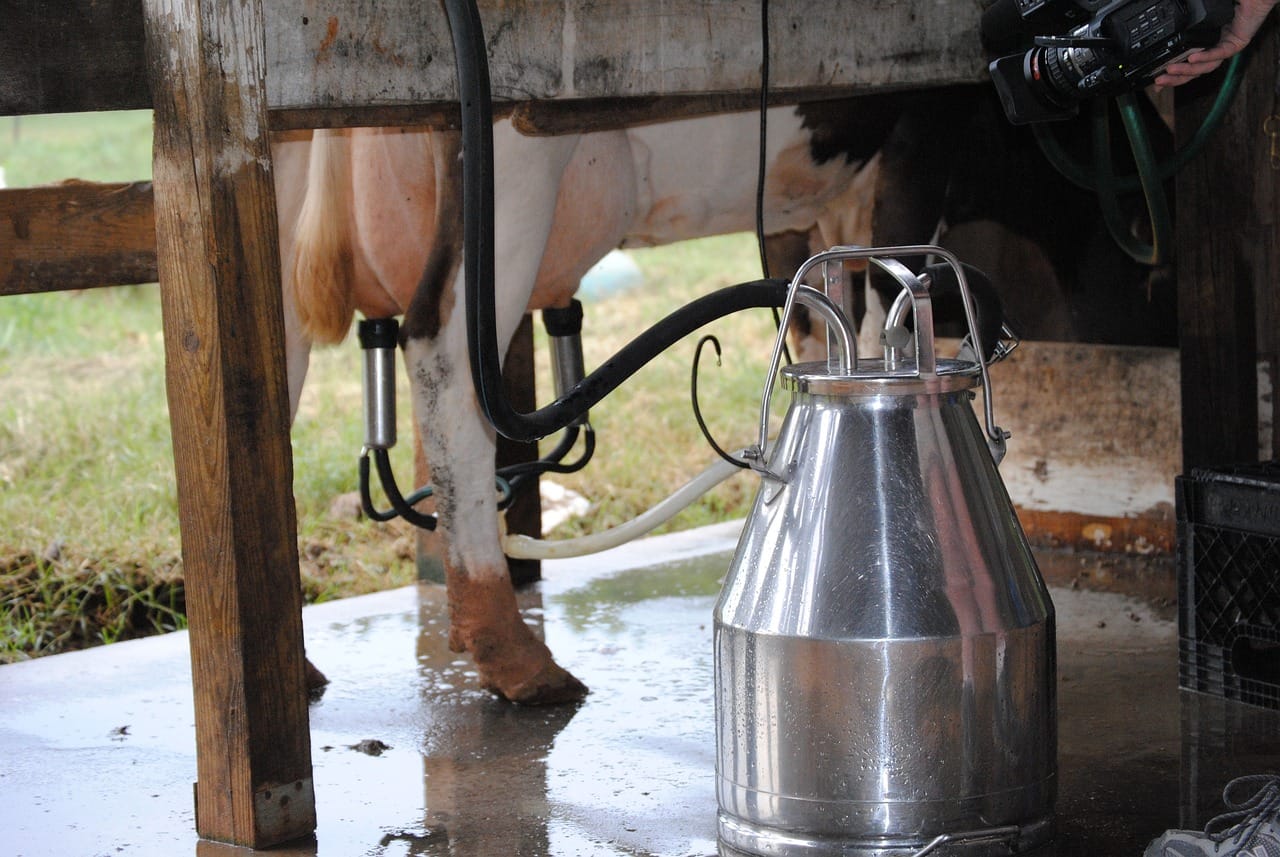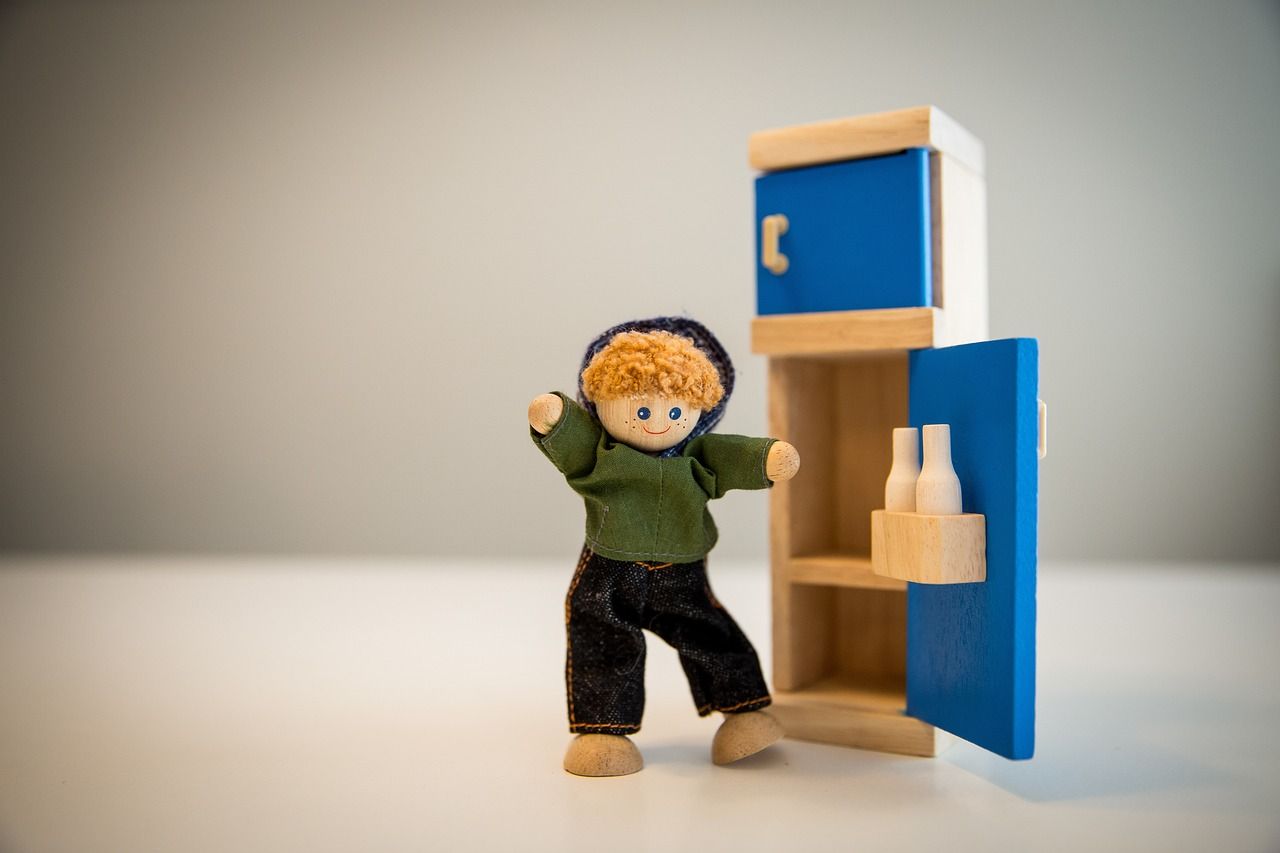
New milk fridges could help farmers cut carbon and costs
Dairy farmers need to chill their milk to below 6oC within hours of carrying out milking. As we highlighted in a recent blog, there are some sustainability issues with fridges, freezers and chillers. Link to blog 👇🏾

Specifically for this situation, older style chillers often leak refrigerant. Fonterra, the New Zealand dairy export giant, estimates that "up to 200,000 tonnes of emissions leak out of dairy chillers in New Zealand each year". Putting it another way, the older systems can leak up to 15% of their hydrofluorocarbon gas every year.
The obvious solution is to replace the older chillers. But from the perspective of the diary farmer, this is an added cost, and the old chiller often 'seems to be working fine'. Which is where the Fonterra plan comes in 👇🏾

Farmers will be able to lease the chillers, courtesy of $10 million from the government-funded Green Investment Finance. This is a pilot, so only targeting 200 farms, but there is the potential to expand the scheme if there is enough demand. Fonterra estimates that c.500 farms (c.5% of the total) already need new chillers.
But, that is not all. The machines transfer the heat out of the milk and use it to heat water. Hot water is often required to clean milking sheds, and so the new equipment should help to reduce energy use overall.
While chillers are only part of the picture when it comes to dairy emissions and environmental impact, every action helps.
Many of them use hydrofluorocarbons (HFCs) and hydrochlorofluorocarbons (HCFCs). And while they do far less damage to the ozone layer than the chlorofluorocarbons (CFCs) which were phased out by the 1987 Montreal Protocol, they are still very potent greenhouse gases.
So, clearly encouraging farmers to shift to chillers that emit lower levels of GHGs is a good thing. And using the 'waste' heat to generate hot water for washing down the dairy sheds after milking is a double win.
But what we found really interesting was the lease aspect.
Many farmers struggle with cashflow. The farm might appear profitable, but that does not mean that they always have the cash to invest in new equipment. Various reports suggest that the median dairy farmer in the US earns $43,000 pa, while their UK counterparts come in at around £185 per cow. And the UK data hides the fact that milk income is often lower than the costs they incur, with the farm profitability boosted by beef sales and subsidies.
Now leasing chillers and fridges is not new. But dairy farmers face particular credit issues. And so a financial solution that is supported by an organisation such as Fonterra, with backing from a government supported investor, looks like an easier option for many farmers.
This article featured in What Caught Our Eye, a weekly email featuring stories we found particularly interesting during the week and why. We also give our lateral thought on each one. What Caught our Eye is available to read in full by members.
If you are not a member yet, you can read What Caught Our Eye when it comes out direct in your email inbox plus all of our blogs in full...


Please read: important legal stuff.


